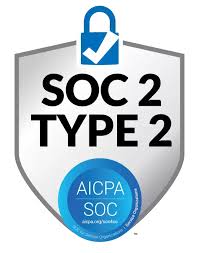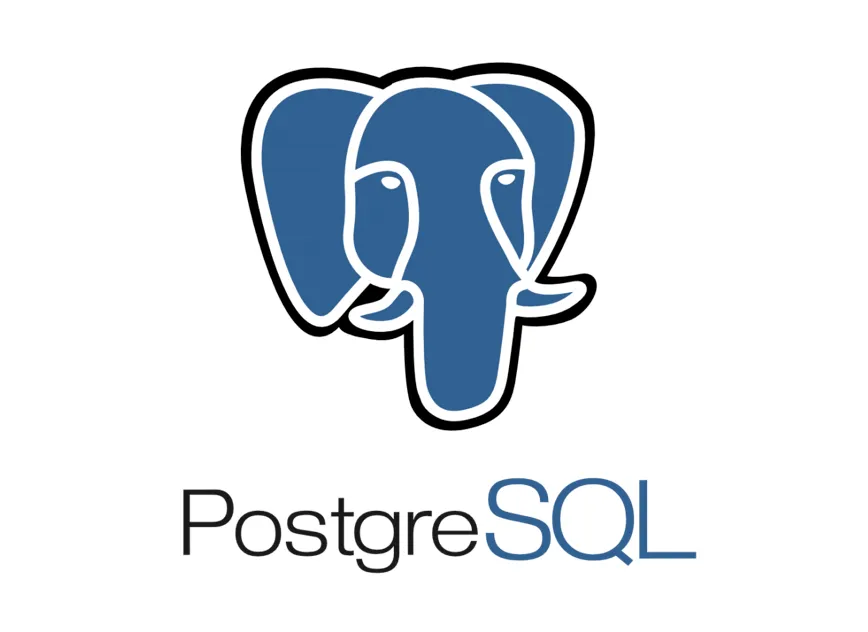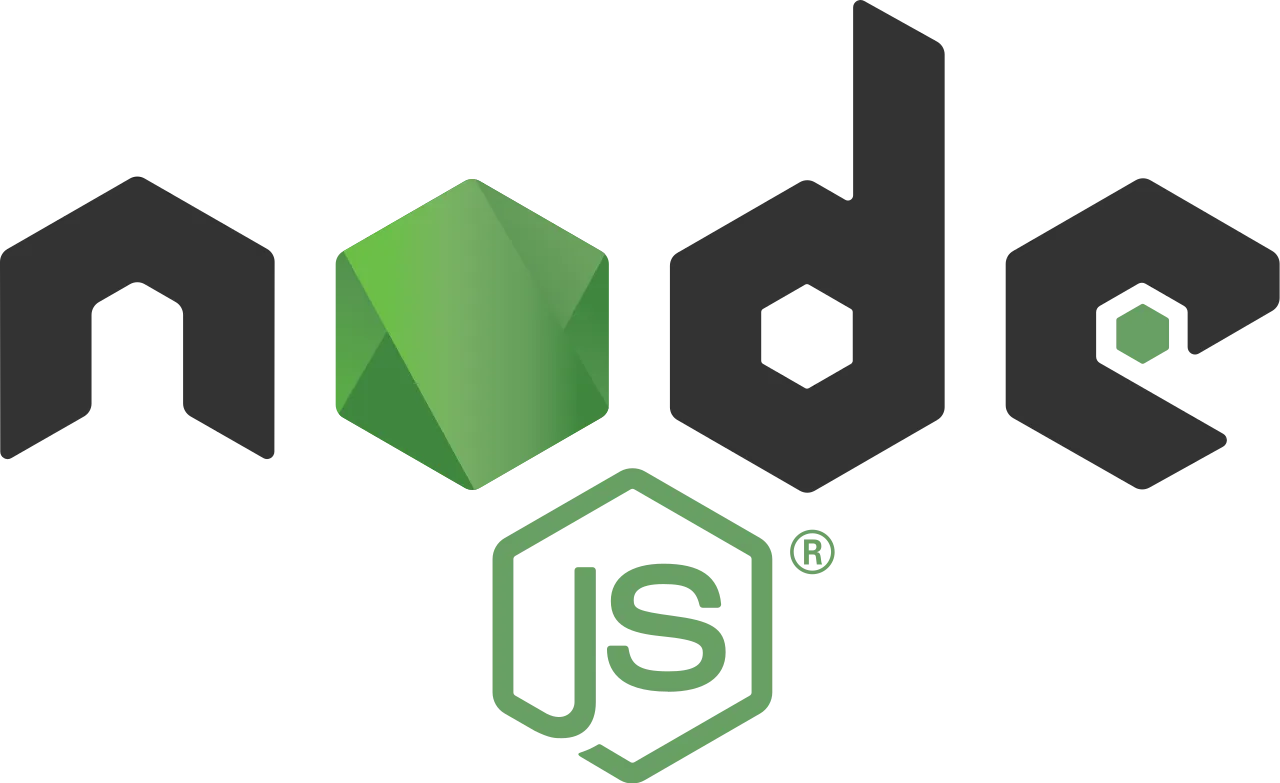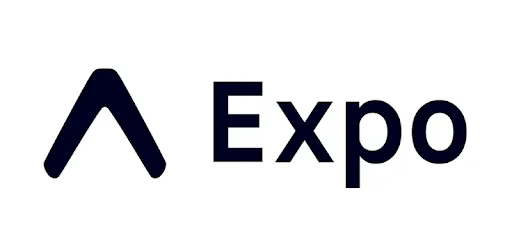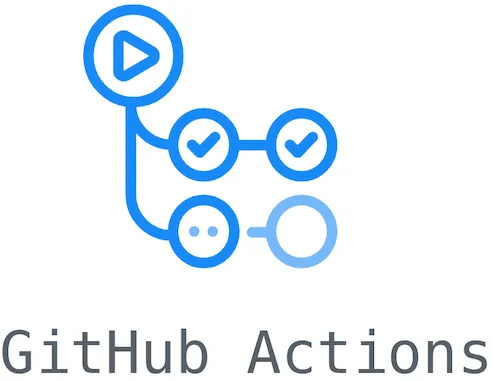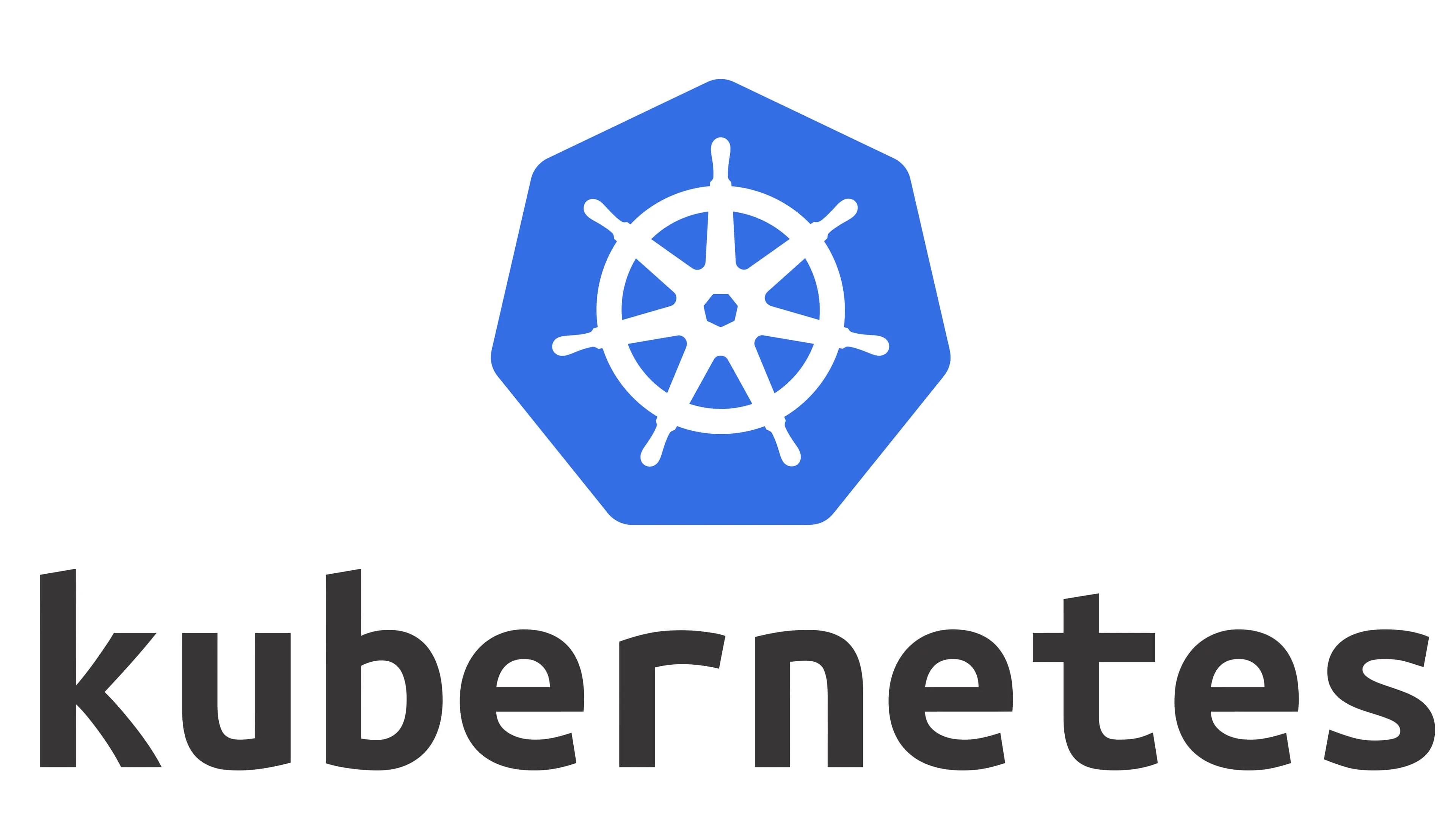
Cloudshelf software uses your existing digital content to automatically create AI-driven buyer guides and endless-aisle experiences on digital devices, that help secure sales in your stores by making it easy to promote and sell the product your customers are looking for.
.avif)
